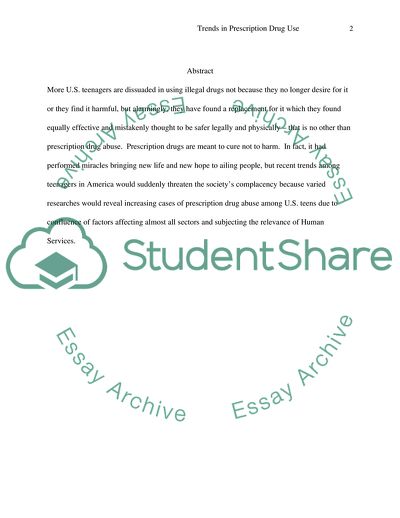Cite this document
(Prescription Drug Abuse Case Study Example | Topics and Well Written Essays - 7750 words, n.d.)
Prescription Drug Abuse Case Study Example | Topics and Well Written Essays - 7750 words. https://studentshare.org/social-science/1715212-prescription-drug-abuse
Prescription Drug Abuse Case Study Example | Topics and Well Written Essays - 7750 words. https://studentshare.org/social-science/1715212-prescription-drug-abuse
(Prescription Drug Abuse Case Study Example | Topics and Well Written Essays - 7750 Words)
Prescription Drug Abuse Case Study Example | Topics and Well Written Essays - 7750 Words. https://studentshare.org/social-science/1715212-prescription-drug-abuse.
Prescription Drug Abuse Case Study Example | Topics and Well Written Essays - 7750 Words. https://studentshare.org/social-science/1715212-prescription-drug-abuse.
“Prescription Drug Abuse Case Study Example | Topics and Well Written Essays - 7750 Words”. https://studentshare.org/social-science/1715212-prescription-drug-abuse.


